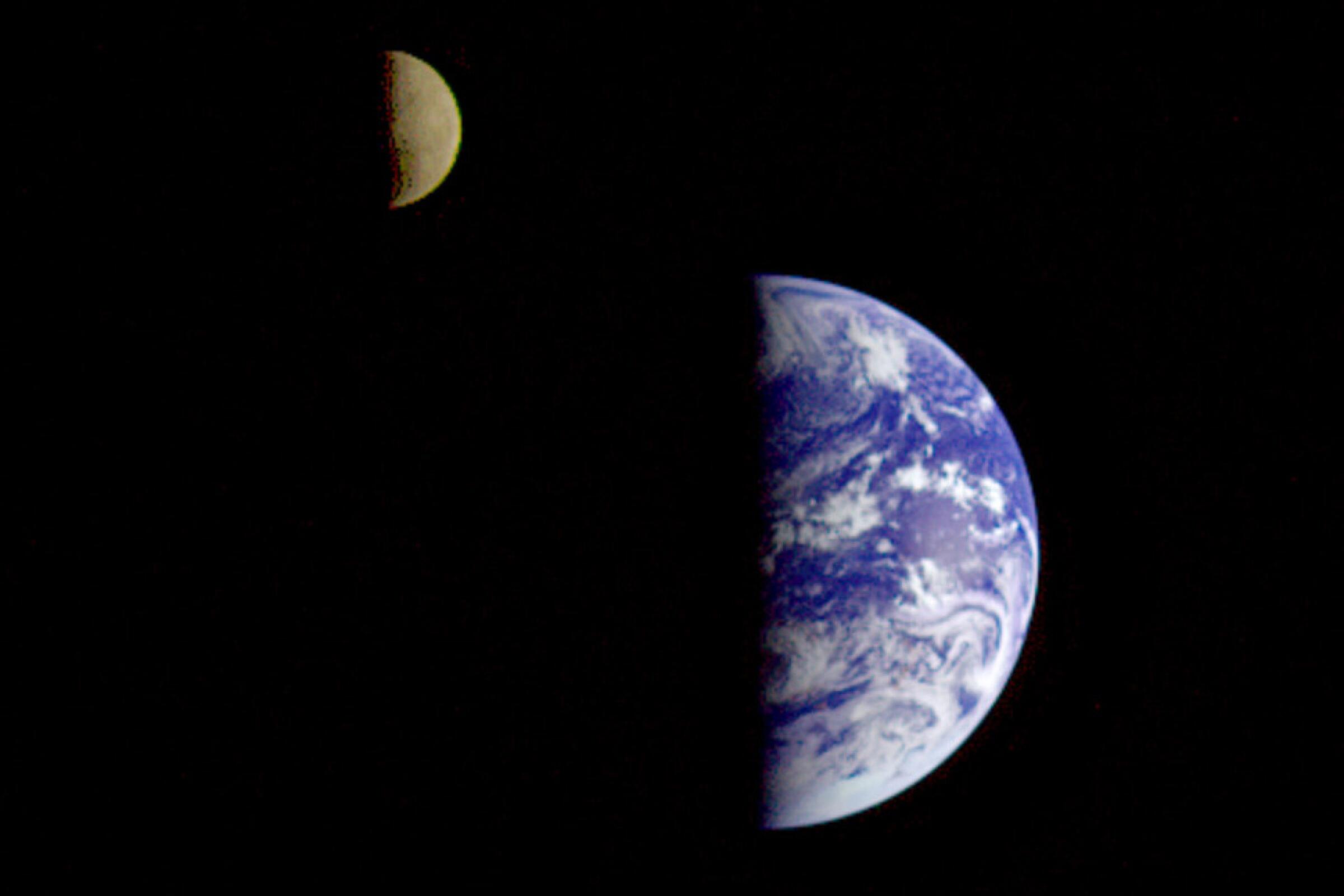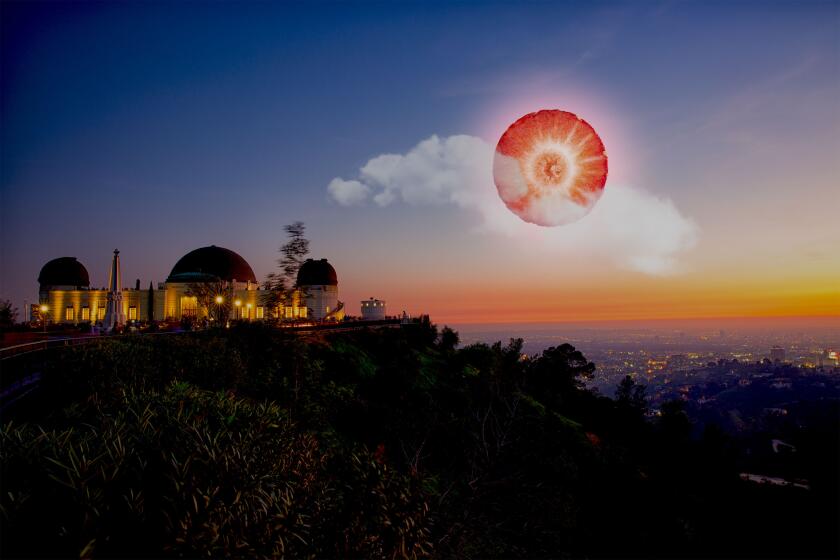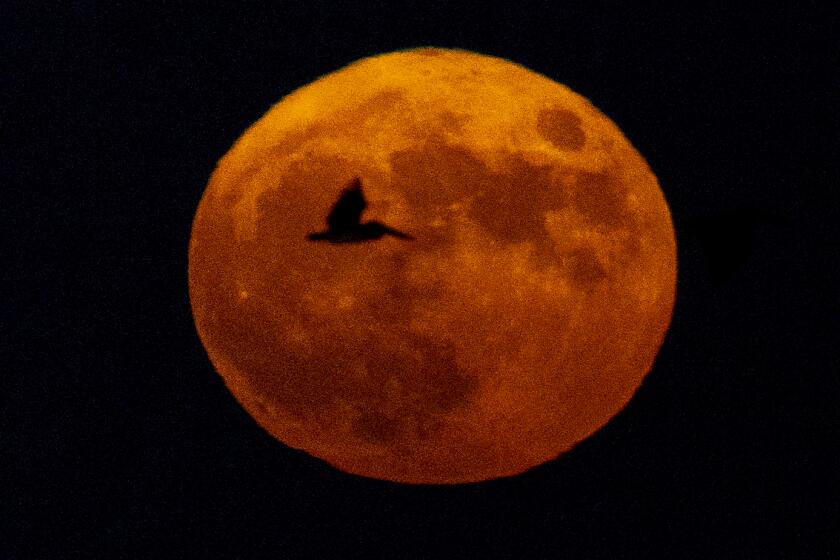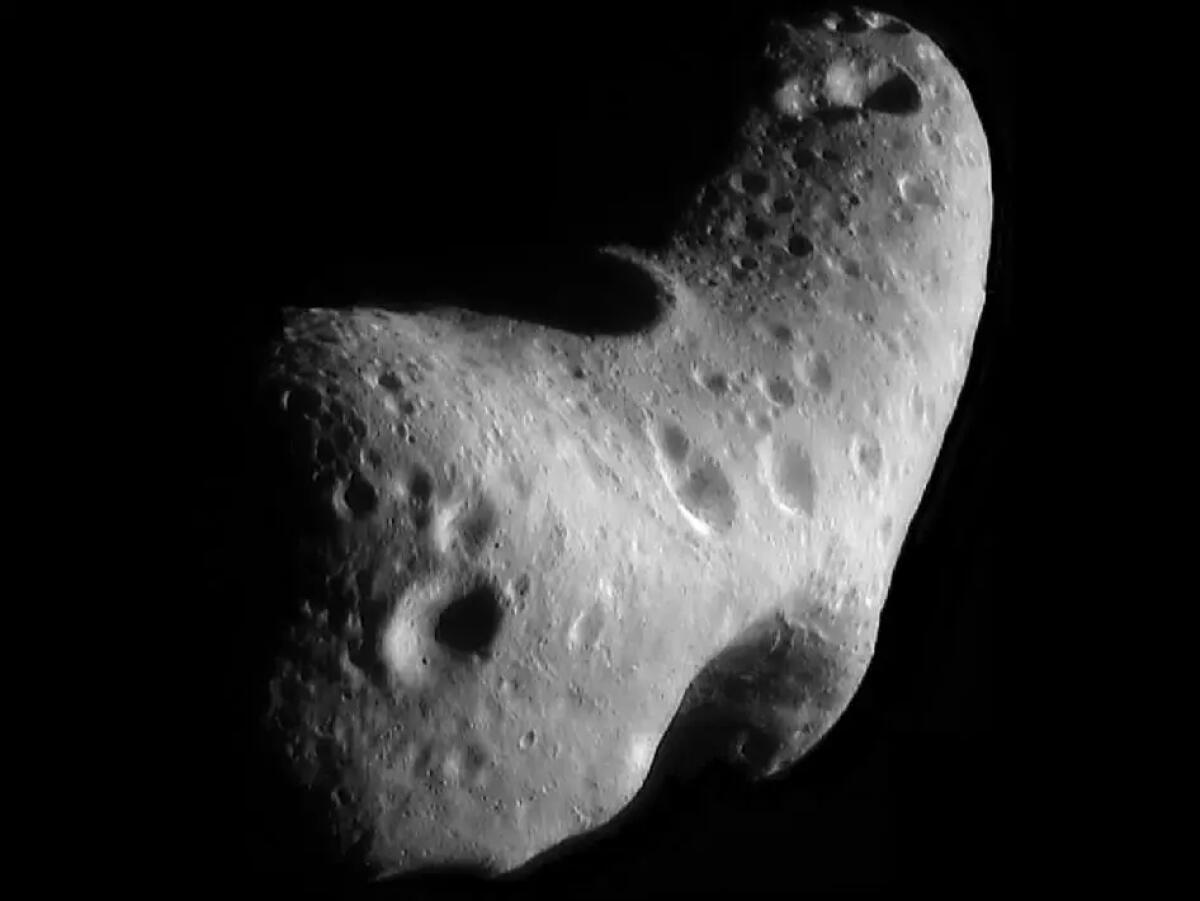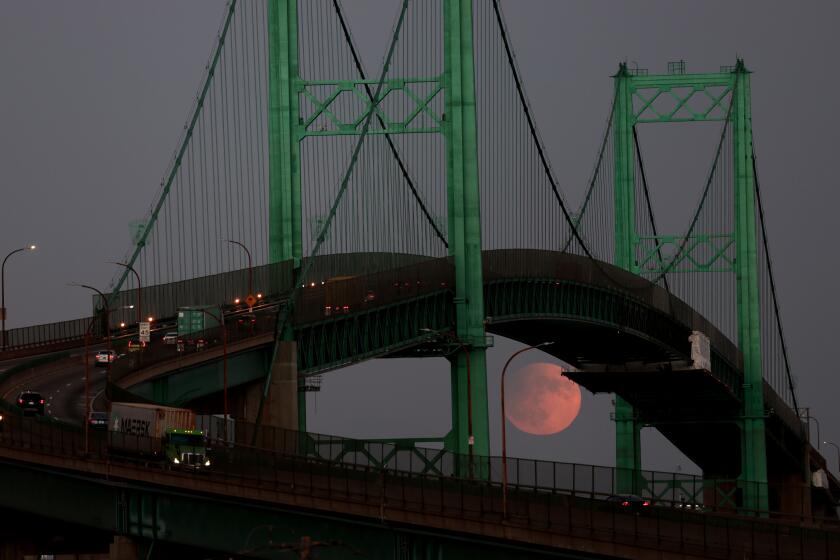Newsletter
Sign up for Essential California
The most important California stories and recommendations in your inbox every morning.
You may occasionally receive promotional content from the Los Angeles Times.
Jaweed Kaleem is an education reporter at the Los Angeles Times, where he covers news and features on K-12 and higher education. He specializes in reporting on campus activism and culture, including issues on free speech, religion, race and politics. Kaleem previously worked for The Times as a Los Angeles-based national correspondent and a London-based foreign correspondent.
